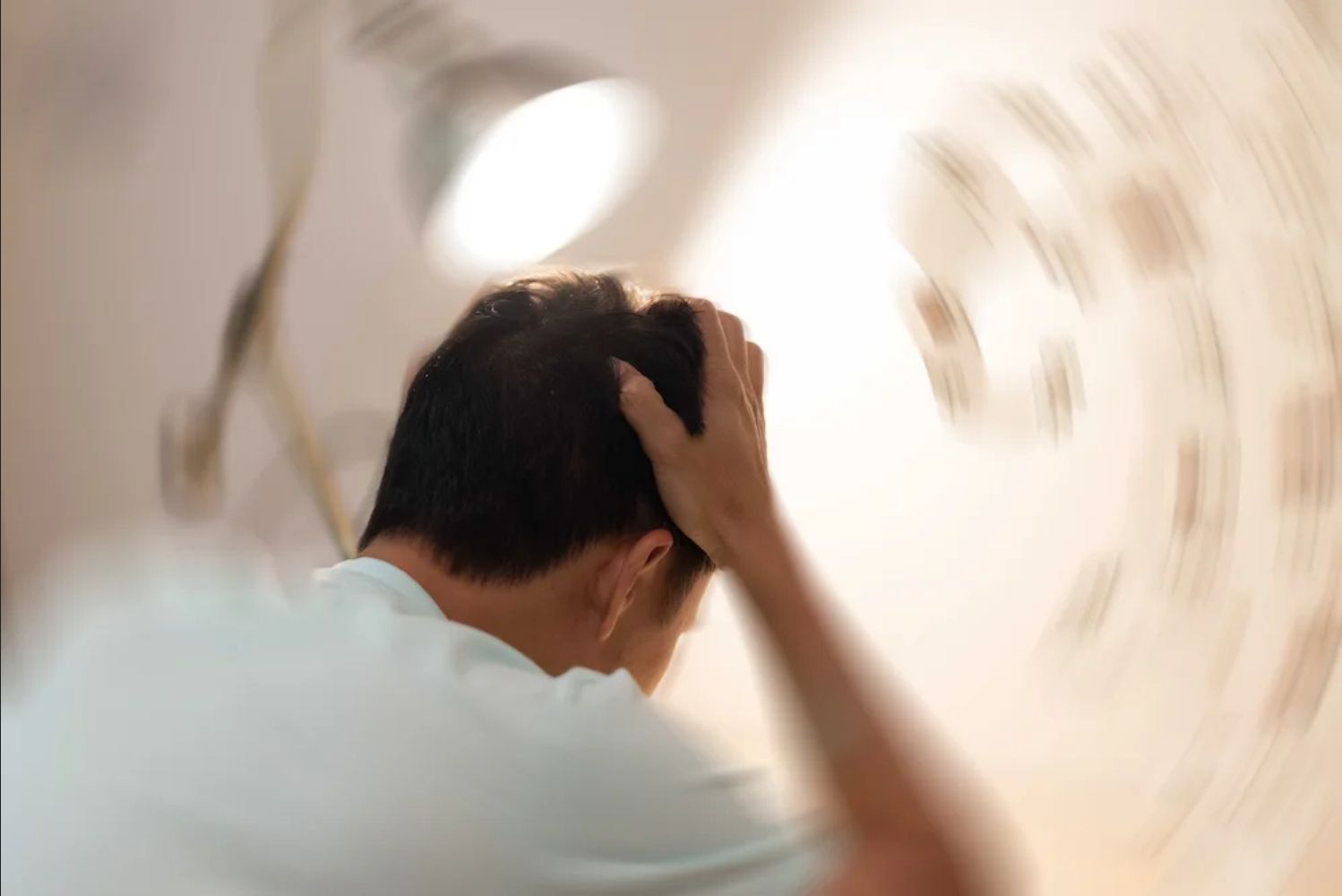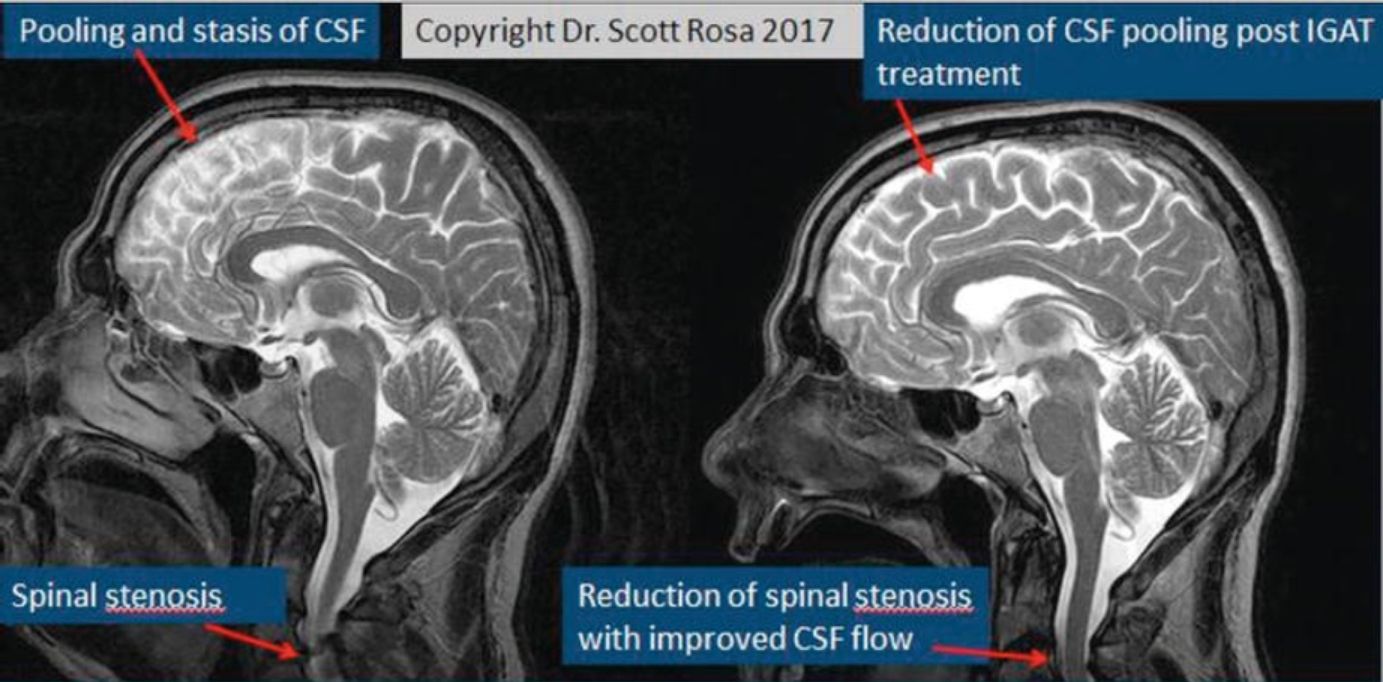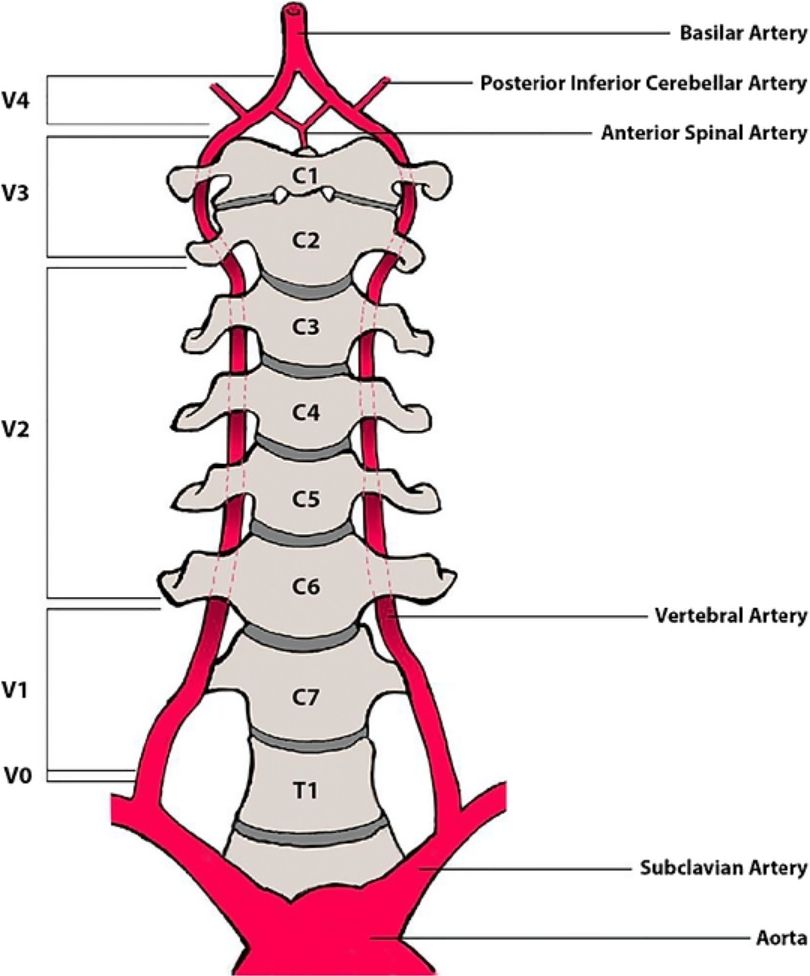Meniere’s Disease; Can Chiropractic Care Help?
What is Meniere’s Disease?
Meniere’s Disease is a disorder of the inner ear that affects millions of people globally. Most people see many different specialists to be ultimately told they have Meniere’s. Meniere’s disease is not even a disease but more of a syndrome because the presentation of symptoms can differ greatly. Unfortunately, there are not many great solutions to this problem in traditional medicine. Most medications that are prescribed come with severe side effects and rarely increase the quality of life for patients. Fortunately, Dr. Norris Golberg studied under Dr. Burcon who has helped hundreds of Meniere’s Disease patients. Schedule your free consultation with Dr. Norris to see if his approach could help you.

Why chiropractic for the relief of Meniere’s symptoms?
Fortunately, upper cervical chiropractic care has shown great results in helping people with Meniere’s. So much so that many patients often say that chiropractic care was the only thing that helped them! First, we need to understand some of the pathophysiology or causes of the symptoms associated with Meniere’s Disease from the Chiropractor’s perspective.
- Problems that occur in the ligaments or muscles of the upper cervical spine can cause confusion in proprioception. These changes can cause misinformation to the vestibularnucleus, resulting in abnormal reactions that can lead to cervicogenic dizziness (CGD, dizziness caused by cervical spine dysfunction). Cervicogenic dizziness is caused by functional problems of the cervical spine associated with postural alignment, proprioception, range of motion, or vertebrobasilar artery blood flow. Patients with CGD complain of unsteadiness, neck pain, stiffness, headache, dysphagia, nausea, visual disturbances, ear fullness, tinnitus, temporomandibular joint pain, and psychological problems.
- The vertebrobasilar insufficiency (VBI) test is to check blood flow in the vertebral artery. Patients with VBI complain of dizziness, drop attacks, diplopia, dysarthria, dysphagia, ataxia, nausea, numbness, and nystagmus during the test. VBI can generate cerebral ischemia, leading to severe symptoms. Among the causes of VBI, poor head and neck posture and malalignment of the upper cervical spine can cause mechanical compromise, resulting in decreased velocity of vertebrobasilar blood flow and dizziness.
- Alteration is Cerebrospinal Fluid flow as you can in the picture below of a before and after MRI of this patient’s neck, there was a “pinch” in the spinal canal. This was putting pressure on the spinal cord and preventing the proper flow of cerebral spinal fluid. The post-MRI shows that the patient was experiencing the proper flow of cerebral spinal fluid and there were less toxic proteins built up in the brain. The same toxic proteins are linked to dementia and Alzheimer’s Disease.

How does Upper Cervical Chiropractic Help Meniere’s Disease?
Spinal subluxations are a misalignment of the vertebrae causing alterations in blood flow, CSF flow, and neurological function. This incorrect position can irritate or compress several of the body’s structures including nerve roots, arteries, and veins. It can even lead to organ dysfunction, which can lead to decreased function and lower homeostasis (the state of normal homeostasis). The primary goal of chiropractic care is to correct subluxations that lead to poor health, wellness, and disease through neuromuscular re-education of the patient.
Spinal subluxations aka misalignment to the upper cervical spine can greatly affect the anatomy and can be linked to the cause of Meniere’s but lower cervical chiropractic care is also used to help those with Meniere’s syndrome as lower neck misalignments can affect the nerve supply that goes into the ear which then affects parts of the inner ear. The anatomy of the inner ear consists of semicircular canals and otolith organs that detect body movements and gravity which then activate the vestibulocochlear nerve (cranial nerve VIII) to communicate these signals to the brain.

It is believed that whiplash injuries, upper neck misalignments such as those seen in forward-head posture, and other injuries to the head and neck may compromise the normal functioning of the cranial nerves, resulting in a loss of function or deterioration of one or both components of this nerve, which results in dizziness and vertigo. Dr. Burcon found that most people had their 1st Meniere’s episode on average 7 years AFTER a whiplash injury (not always associated with a Motor Vehicle Accident)
How are we different from other Chiropractors?
At Koru Chiropractic, we utilize a combination of two very specific techniques and analyses to determine what part of the cervical spine causes symptoms. The two techniques are called Pierce Results System and NUCCA. Both of these techniques are gentle and do not require any “twisting” or “popping” of the neck. You can learn more about Dr. Norris’s approach here. Dr. Norris has also attended the National Meniere’s Disease Symposium hosted by Dr. Burcon, learning Dr. Burcons approach and how he’s had so many successful Meniere’s Disease cases in his practice.
Dr. Norris’s upper cervical approach using NUCCA is shown to realign the vertebrae and take the pressure off the neurovascular bundle( veins, arteries, and nerves). When the proper flow of blood, cerebral spinal fluid(CSF), and nerve transmission, patients experience relief of their symptoms and many of our patients can say that their symptoms go completely away!
Please contact us today for your initial consultation with Dr. Norris Golberg in Louisville, Colorado to discuss if his proven approach could potentially help you.
References:
Burcon, M. Cervical Specific Protocol and Results for 300 Meniere’s Patients Followed for a Minimum of Five Years. Conference: 7th International Symposium on Meniere’s Disease and Inner Ear Disorders. DOI:10.13140/RG.2.2.35428.27528
Sung YH. Upper cervical spine dysfunction and dizziness. J Exerc Rehabil. 2020 Oct 27;16(5):385-391. doi: 10.12965/jer.2040612.306. PMID: 33178639; PMCID: PMC7609854.
Takahashi S. Importance of cervicogenic general dizziness. J Rural Med. 2018 May;13(1):48-56. doi: 10.2185/jrm.2958. Epub 2018 May 29. PMID: 29875897; PMCID: PMC5981019.
